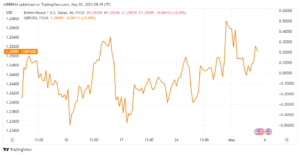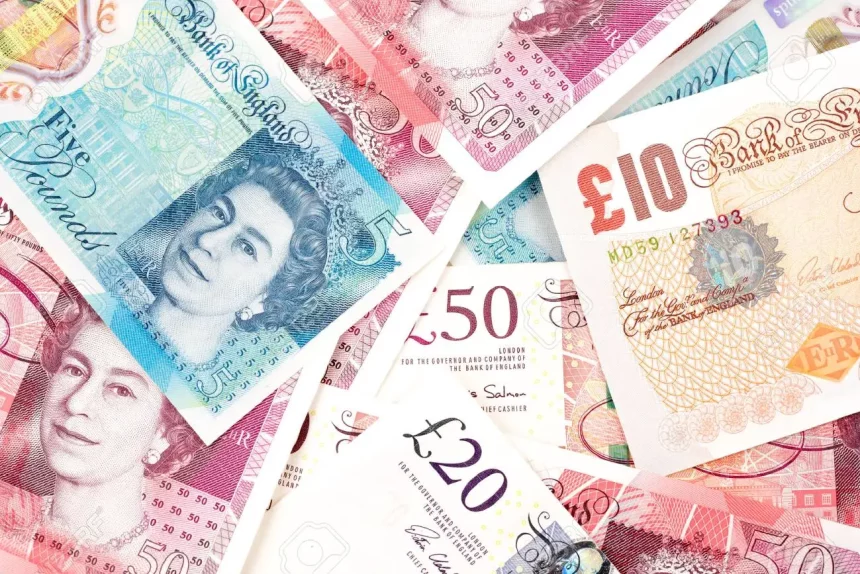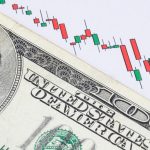GBPUSD has recovered after a two-day decline.
After ending the first two days of the week in negative territory, the GBPUSD gained momentum and soared above 1.2500 early Wednesday. 1.2500 is a crucial mark for the pair, but investors should overlook technical developments while considering the influence of the Federal Reserve’s (Fed) policy pronouncements on the valuation and risk sentiment of the US Dollar (USD).
Although the USD was under renewed selling pressure during American trading hours on Tuesday, the risk-averse market environment prevented GBPUSD from gaining traction.
Fears of a worsening financial crisis in the United States, fueled by the failure of First Republic Bank earlier this week, drove investors to seek sanctuary, resulting in a dramatic drop in US Treasury bond yields on Tuesday.
The Fed’s policy actions could have a substantial impact on the US Dollar’s valuation.
Later on, On the other hand, if the Fed affirms the pause in the tightening cycle and opens the door to a possible rate decrease later this year to address tightening financial conditions, the USD may see increased selling pressure. The US central bank is also under increased political pressure, with Democratic lawmakers allegedly pressing it to halt interest rate hikes.
To summaries, GBPUSD volatility is likely to increase during FOMC Chairman Jerome Powell’s press conference, making trading riskier. With investors scrutinizing every word and what it means for the policy moving forward, it may be difficult for the pair to find direction.
GBPUSD Technical Analysis
GBPUSD rose above 1.2500 early Wednesday, re-entering the ascending regression channel. The four-hour chart’s Relative Strength Index (RSI) indicator also returned above 50, indicating a bullish bias in the near term.

On the upside, 1.2550 (static level) serves as the first resistance level, followed by 1.2570 (end of the most recent uptrend, mid-point of the regression channel) and 1.2600 (psychological level, static level).
If GBPUSD breaks below 1.2500 and establishes that level as resistance, it will most likely find interim support at 1.2450 (100-period Simple Moving Average (SMA)) before extending its decline below 1.2400 (200-period SMA; Fibonacci 23.6% retracement).









